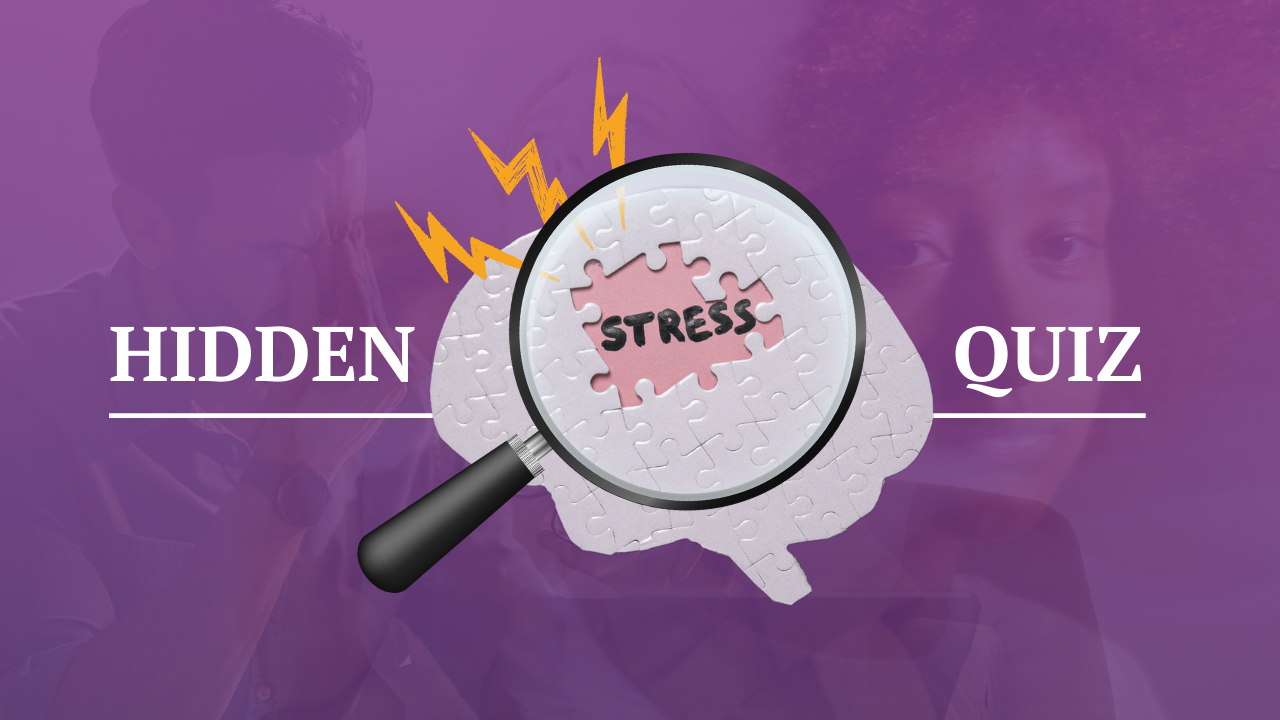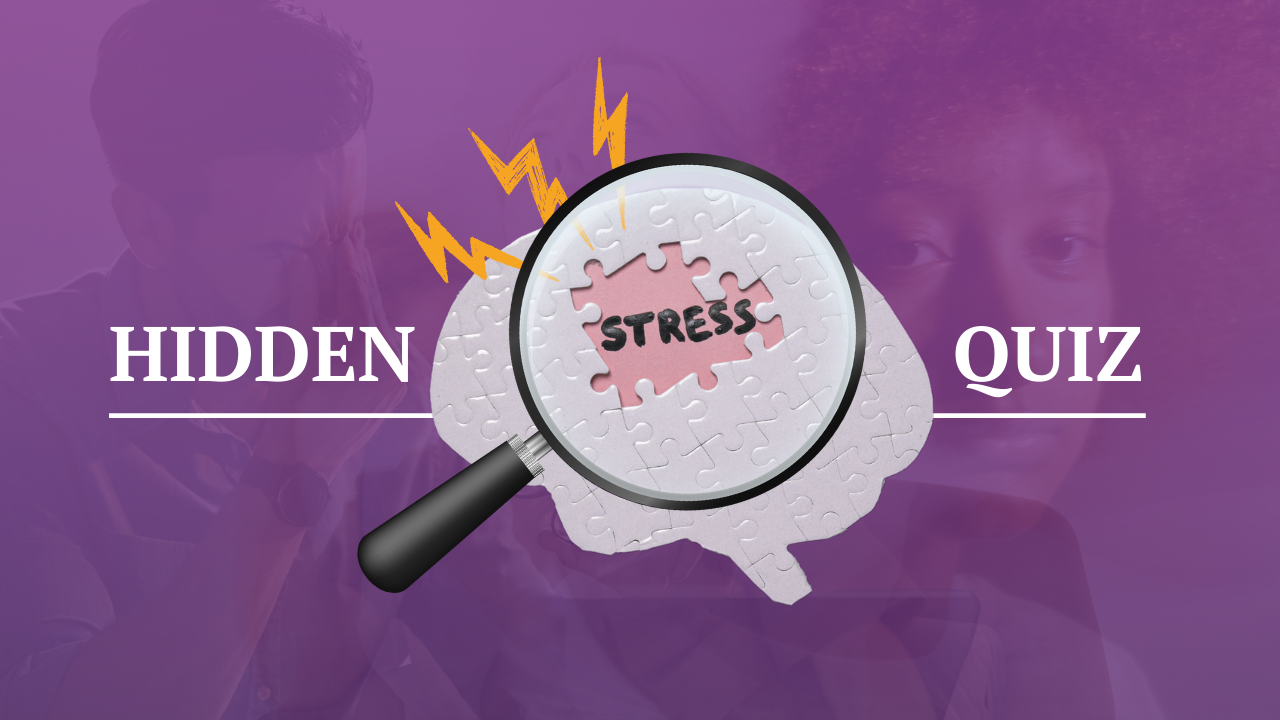5 Ways to Change Limiting Beliefs and Transform Your Life
Oct 09, 2024
A few years ago, I had a client—let’s call her Tasha—who felt stuck in her career. Tasha was smart, hardworking, and highly skilled, but no matter what she achieved, she never felt good enough. “I’m not the type of person who can get promoted,” she told me. During our sessions, it became clear that Tasha’s challenges were not about her actual capabilities but about the limiting beliefs she held about herself. These beliefs kept her from seeing her full potential and taking steps toward the success she deserved.
Tasha’s story isn’t unique. As a therapist, I’ve seen how limiting beliefs can hold people back in every area of their lives. These beliefs, often formed early in life, act like invisible barriers, shaping how we see the world and what we think is possible for us. But here’s the good news: limiting beliefs are not facts. They’re just thoughts—thoughts we have the power to change.
In this blog, we’ll explore the concept of limiting beliefs, how they shape our reality, and five science-backed strategies to break free from them.
Disclaimer: The name and identifying information of the client have been changed to protect privacy.
What Are Limiting Beliefs?
Limiting beliefs are deeply ingrained thoughts or assumptions that hold us back from reaching our full potential. These beliefs often develop early in life, based on past experiences, family upbringing, or societal expectations. Once formed, they become part of our mental framework, subtly influencing our decisions, actions, and self-perception.
Common limiting beliefs include:
- “I’m not smart enough.”
- “I don’t deserve happiness.”
- “I’ll never be successful.”
- “I’m too old to try something new.”
These beliefs often feel like the truth, but they’re not. They are simply patterns of thinking that distort our perception of reality, creating a self-fulfilling prophecy. If you believe you’re not good enough, you might avoid opportunities or give up too quickly, reinforcing the belief that you can’t succeed.
The Science Behind Limiting Beliefs
Psychological research helps us understand how limiting beliefs form and how they impact our lives. Cognitive-behavioral theory (CBT), a widely studied and evidence-based approach, suggests that our thoughts, emotions, and behaviors are interconnected (Beck, 1976). When we hold limiting beliefs, they influence how we feel and behave, which in turn reinforces those beliefs.
For example, a person who believes they’re not capable of success might experience anxiety when presented with a challenging task. That anxiety can lead to avoidance or procrastination, resulting in poor performance. This outcome then “proves” the limiting belief, creating a cycle of self-sabotage.
Neuroscience also sheds light on how limiting beliefs work. Studies show that our brains are wired to seek out patterns, and once a belief is established, we tend to focus on information that supports it, a phenomenon known as confirmation bias (Nickerson, 1998). This means we unconsciously filter out evidence that contradicts our beliefs, making it harder to see alternative possibilities.
How Limiting Beliefs Shape Reality
Limiting beliefs are like tinted glasses that color everything we see. When we hold negative beliefs about ourselves or the world, we interpret situations through that lens, reinforcing the belief even when it’s not objectively true. For example, if you believe you’re bad at relationships, you might overlook the positive connections in your life and instead focus on any negative interactions, reinforcing the belief that you’re doomed to fail in love.
This creates a cycle: the belief shapes your perception, your perception shapes your behavior, and your behavior produces results that seem to validate the belief. The more we reinforce limiting beliefs, the more deeply they become ingrained in our minds.
The good news is that because limiting beliefs are thoughts, they can be changed. Here are five proven strategies to help you reframe your limiting beliefs and create a new reality.
5 Ways to Change Limiting Beliefs
1. Identify Your Limiting Beliefs
The first step to breaking free from limiting beliefs is to become aware of them. Start by paying attention to the negative thoughts that arise in challenging situations. Do you tell yourself, “I can’t do this,” “I’m not good enough,” or “I don’t deserve success”? These are clues to your limiting beliefs.
Research on self-awareness shows that when we consciously identify our thoughts and beliefs, we activate parts of the brain associated with decision-making and control, helping us interrupt automatic, negative thought patterns (Creswell et al., 2007).
2. Challenge the Belief
Once you’ve identified a limiting belief, ask yourself whether it’s truly based on fact. Is there concrete evidence to support it? Often, limiting beliefs are based on past experiences, but those experiences don’t have to dictate your future.
According to cognitive restructuring techniques used in CBT, we can effectively challenge and reframe negative thoughts by examining the evidence for and against them (Beck, 1976). For example, if you believe you’re not capable of succeeding in your career, write down your past accomplishments and strengths. This exercise helps to weaken the hold of limiting beliefs by providing objective counter-evidence.
3. Reframe the Belief
Now that you’ve challenged the limiting belief, it’s time to replace it with a more empowering one. This doesn’t mean simply thinking positive thoughts—it’s about creating a belief that feels true and aligned with your goals.
For example, instead of saying, “I’m not smart enough,” reframe the belief to, “I’m capable of learning and growing, and I have the resources to succeed.” This shift in mindset helps create new neural pathways that support growth and change, a process known as neuroplasticity (Doidge, 2007).
4. Take Action
Limiting beliefs often lead to inaction, which reinforces the belief that we’re incapable. To break this cycle, it’s important to take small, manageable steps toward your goal.
Research on self-efficacy, the belief in our ability to succeed, shows that taking action—even small steps—can build confidence and create a sense of control over our lives (Bandura, 1997). For example, if you’ve been avoiding applying for a new job because you don’t feel qualified, start by updating your resume or reaching out to a mentor for advice. Each small action will help build momentum and reinforce a new belief in your capabilities.
5. Surround Yourself with Positive Influences
Limiting beliefs are often reinforced by the people we surround ourselves with. If you’re constantly around individuals who doubt you or criticize your efforts, it’s easy to internalize those messages. To change your beliefs, seek out positive, supportive relationships.
Studies show that social support plays a critical role in shaping our beliefs and behaviors. Being around people who believe in you and encourage your growth can help you break free from limiting beliefs and adopt a more empowering mindset (Cohen & Wills, 1985).
Suggestions for Reframing Limiting Beliefs
To further help you shift limiting beliefs, consider these additional strategies:
- Practice mindfulness: Mindfulness meditation can help you become more aware of your thoughts and detach from limiting beliefs. Studies show that mindfulness reduces rumination and increases cognitive flexibility, making it easier to challenge negative thoughts (Kabat-Zinn, 2003).
- Use positive affirmations: Daily affirmations can help reprogram your subconscious mind. Choose affirmations that resonate with you, such as “I am worthy of success” or “I am capable of achieving my goals.” Repetition is key to shifting deeply ingrained beliefs.
- Visualize your success: Visualization is a powerful tool for changing limiting beliefs. By imagining yourself succeeding in a specific area of life, you activate the same neural pathways that would be used in the actual experience (Decety & Grèzes, 2006). Visualization helps to rewire your brain for success.
- Keep a success journal: Writing down your daily accomplishments, no matter how small, can help you shift your focus from perceived failures to actual successes. Over time, this reinforces a more positive self-image.
- Seek professional support: If limiting beliefs are deeply ingrained and hard to shift, working with a therapist trained in CBT can provide the tools and support needed to break free.
Conclusion
Limiting beliefs have the power to shape our reality, but they don’t have to define us. By becoming aware of our negative thought patterns, challenging them, and reframing them with more empowering beliefs, we can break free from self-imposed limitations and unlock our true potential.
Just like Tasha, who went from doubting her worth to thriving in her career, you too can transform your life by changing the way you think. Remember, it all starts with the belief that you are capable of growth, success, and happiness.
References
- Bandura, A. (1997). Self-efficacy: The exercise of control. W.H. Freeman and Company.
- Beck, A. T. (1976). Cognitive therapy and the emotional disorders. International Universities Press.
- Cohen, S., & Wills, T. A. (1985). Stress, social support, and the buffering hypothesis. Psychological Bulletin, 98(2), 310-357.
- Creswell, J. D., Way, B. M., Eisenberger, N. I., & Lieberman, M. D. (2007). Neural correlates of dispositional mindfulness during affect labeling. Psychosomatic Medicine, 69(6), 560-565.
- Decety, J., & Grèzes, J


